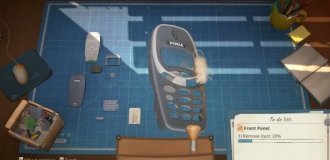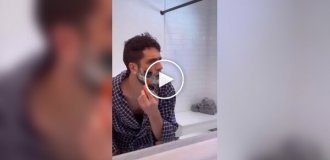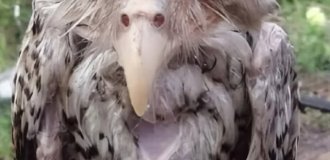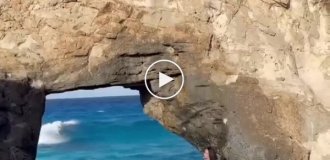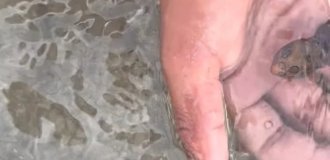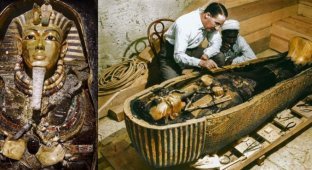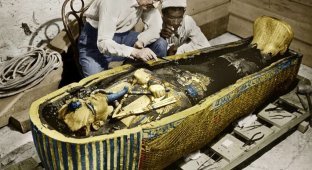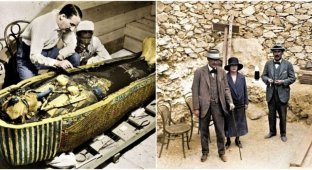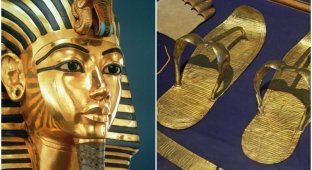The latest reconstruction of the face of Pharaoh Tutankhamun (12 photos)
Thanks to a group of scientists from Brazil, Australia and Italy, the face Pharaoh Tutankhamun can be seen for the first time in more than 3300 years: incredible reconstruction shows what the Egyptian pharaoh looked like quite young. 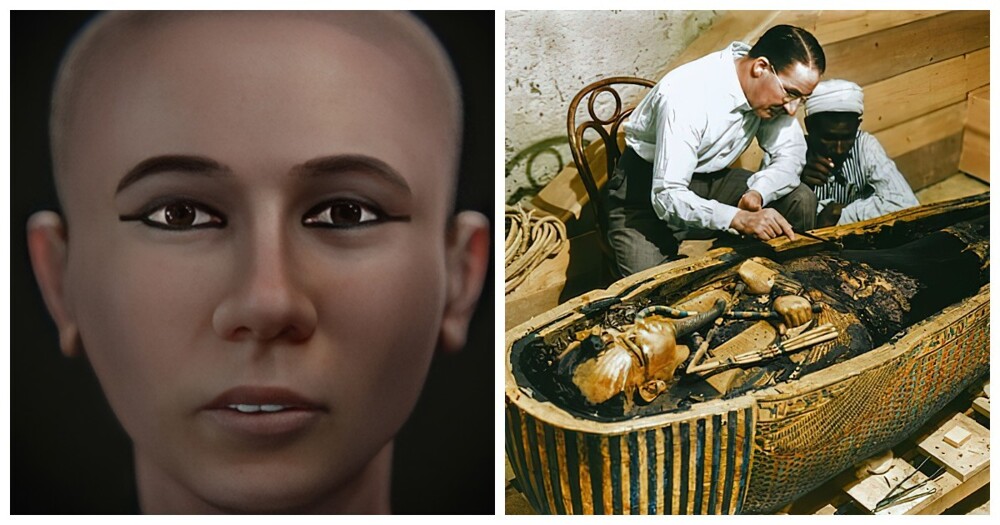
Scientists used available measurements and reference images of the pharaoh's skull. They brought the features of Tutankhamen to life, creating a digital model of his mummified skull. The pharaoh is dead teenager, and the reconstruction shows how young and tender his face.
“He seems to me a young man with delicate features. Looking at him, we see more of a young student than a responsible one. politics, which makes the historical figure even more interesting,” says Brazilian graphics expert Cicero Moraes, co-author of the new research.
The famous tomb of the "boy-pharaoh" was found British archaeologist Howard Carter in November 1922 in the Egyptian Valley of the kings. 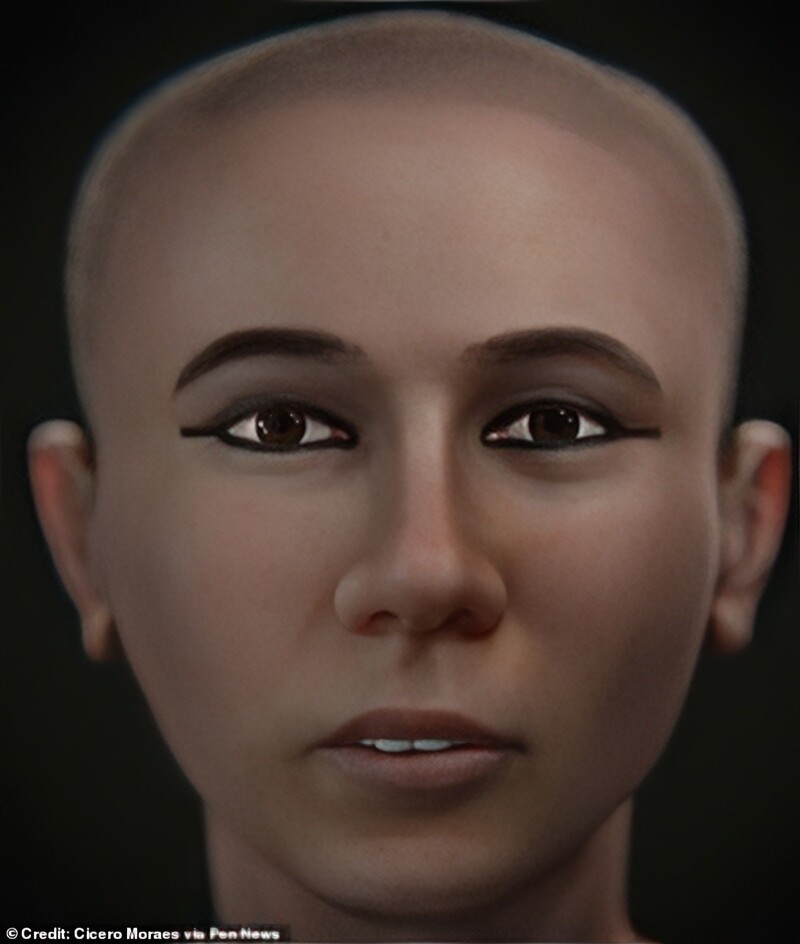
← Pull → 
Since the international team of researchers did not have direct access to the skull of the pharaoh, the creation of a new model was especially challenging task. Fortunately, previous studies have already recorded skull measurements and reference images published. 
It was detective work: I had to collect information from different sources and combine it to create a 3D model skulls. Using data on proportions and some important cephalometric measurements it was possible to take a digital skull of a virtual donor and adjust it so that it becomes the skull of Tutankhamun. 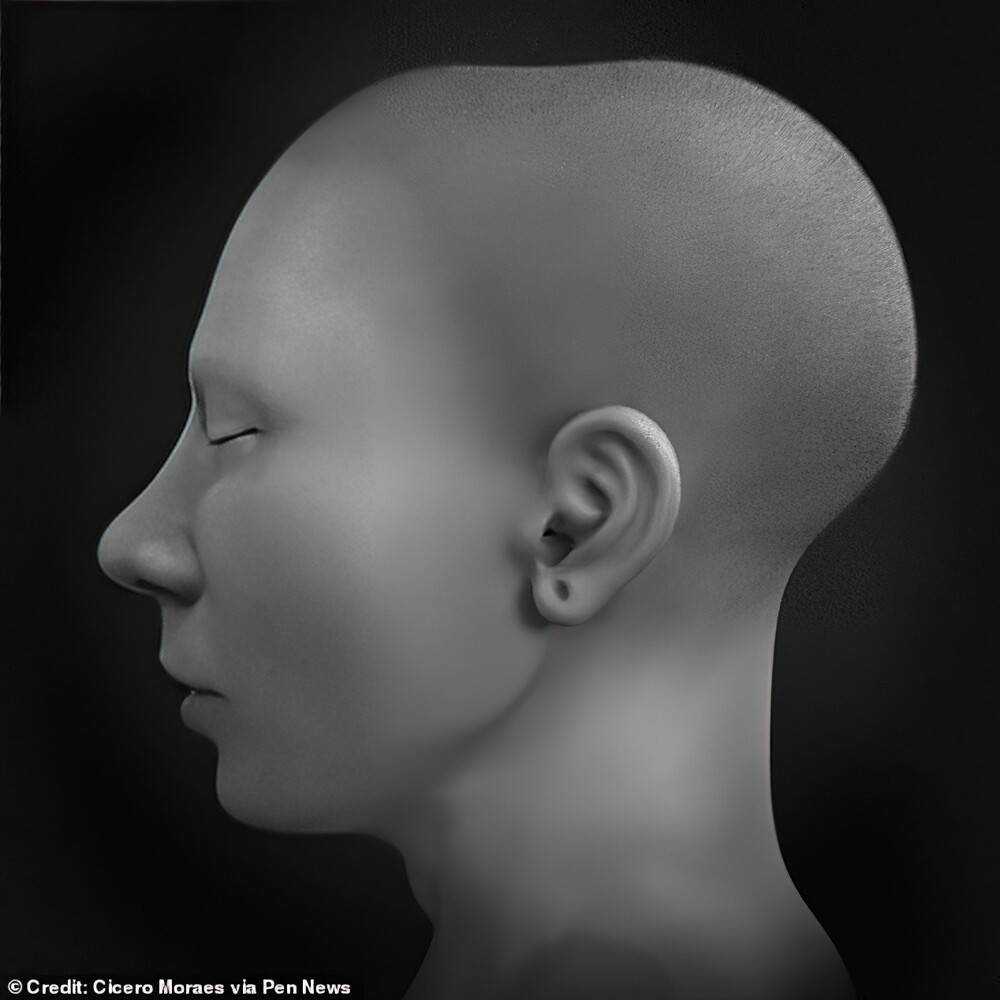
Further, according to Cicero Moraes, scientists have recreated the size lips, the position of the eyeballs, the height of the ears and the size of the nose. "All these forecasts are based on statistical studies carried out on computed tomography of living people,” he said. 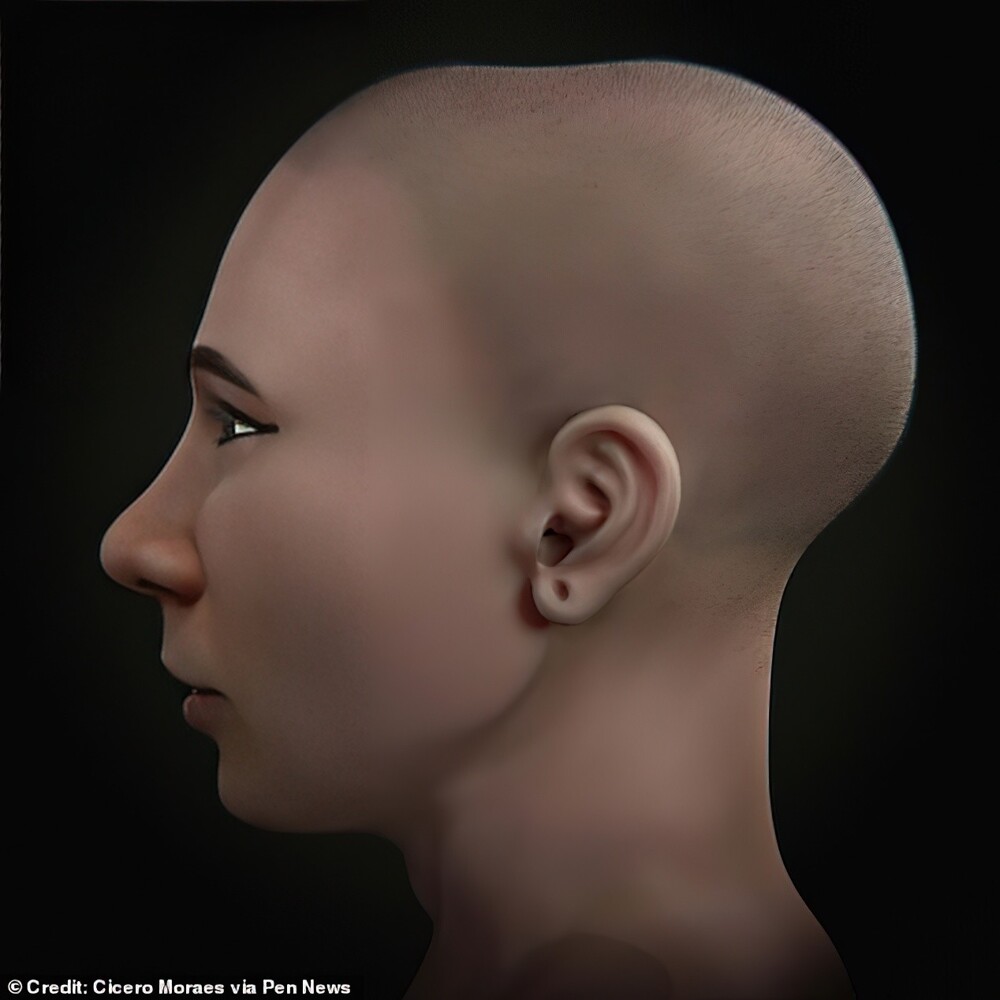
Then markers were applied to the skull indicating the thickness of the soft tissues in different locations, using data as a guide modern Egyptians. 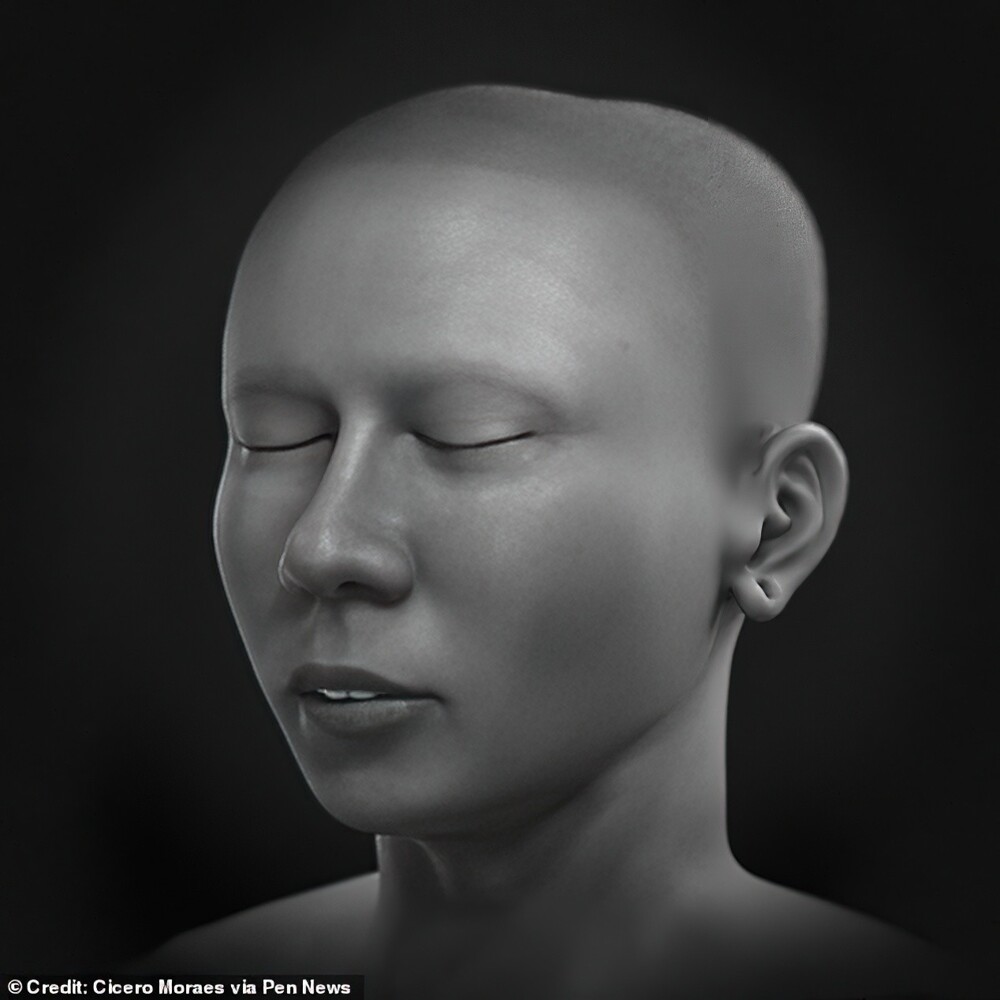
With the help of these and other methods, the face gradually restored to objective reconstruction. Then were added subjective elements such as eye color to further humanize an object. 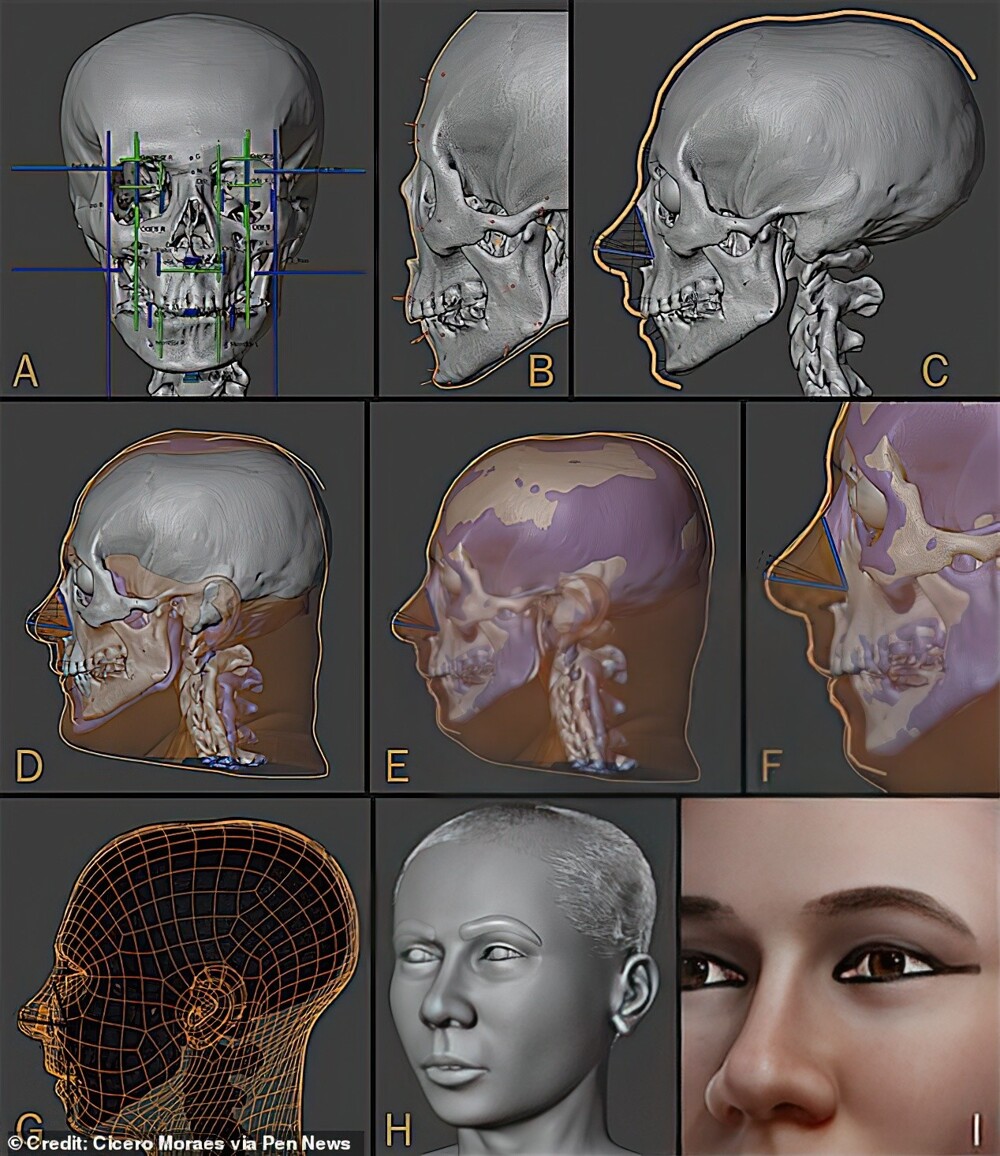
Scientists are not the first time trying to restore the similarity young pharaoh - a similar attempt was made in 2005.
Reconstruction in 2005 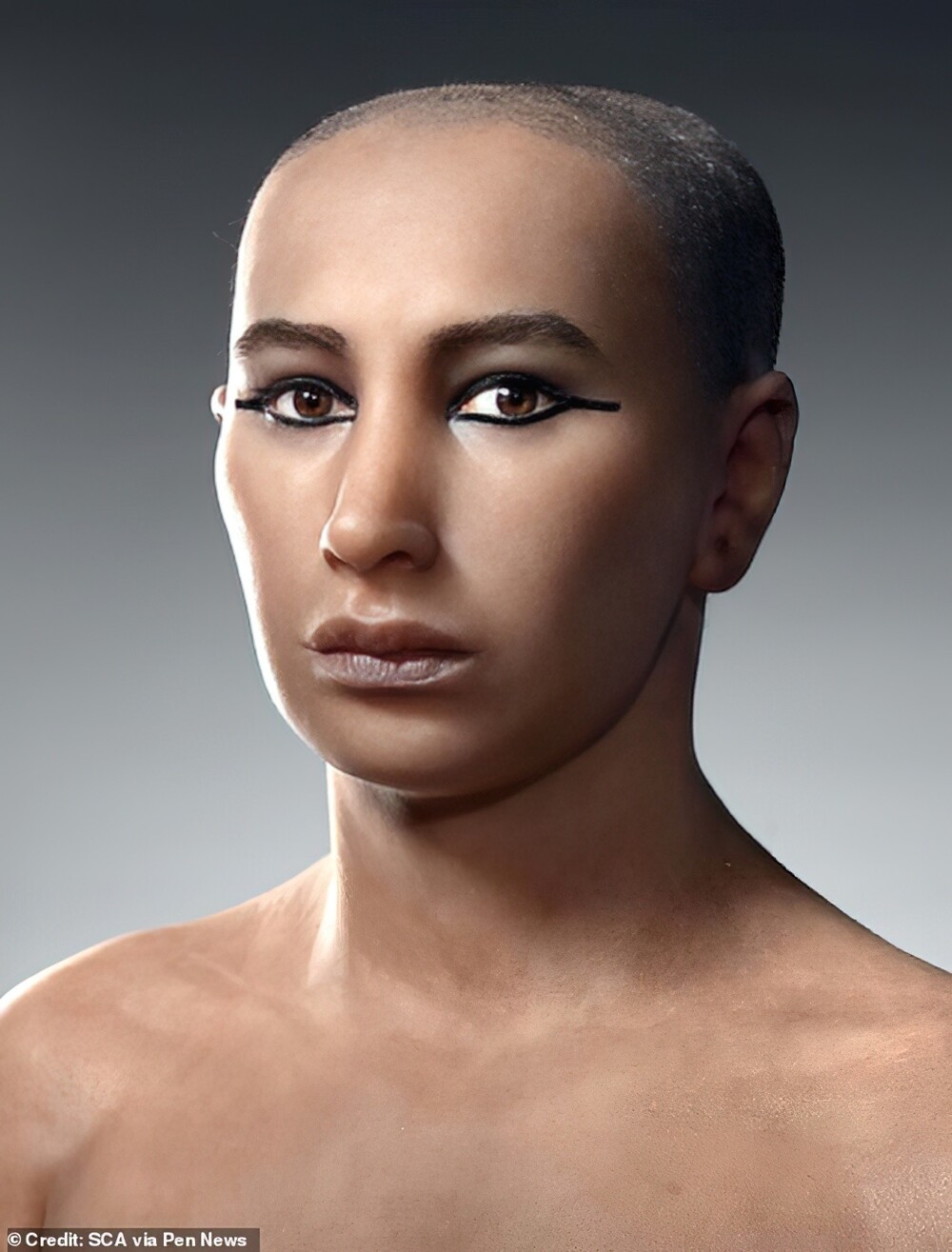
Michael Habicht, Egyptologist and archaeologist at Flinders University in Australia, co-author of a new study, noted a striking similarities between the two reconstructions.
“Our reconstruction is surprisingly close to what was made by a French team a few years ago,” he said. - It also corresponds to the ancient images of Tutankhamun, especially the head on the lotus flower from his tomb.”
Research by Moraes, Habixt and their colleagues - Francesco Galassi, Elena Varotto and Thiago Beyini - published in a scientific journal Italian Journal of Anatomy and Embryology.
Depiction of a young pharaoh as a child found in his tomb 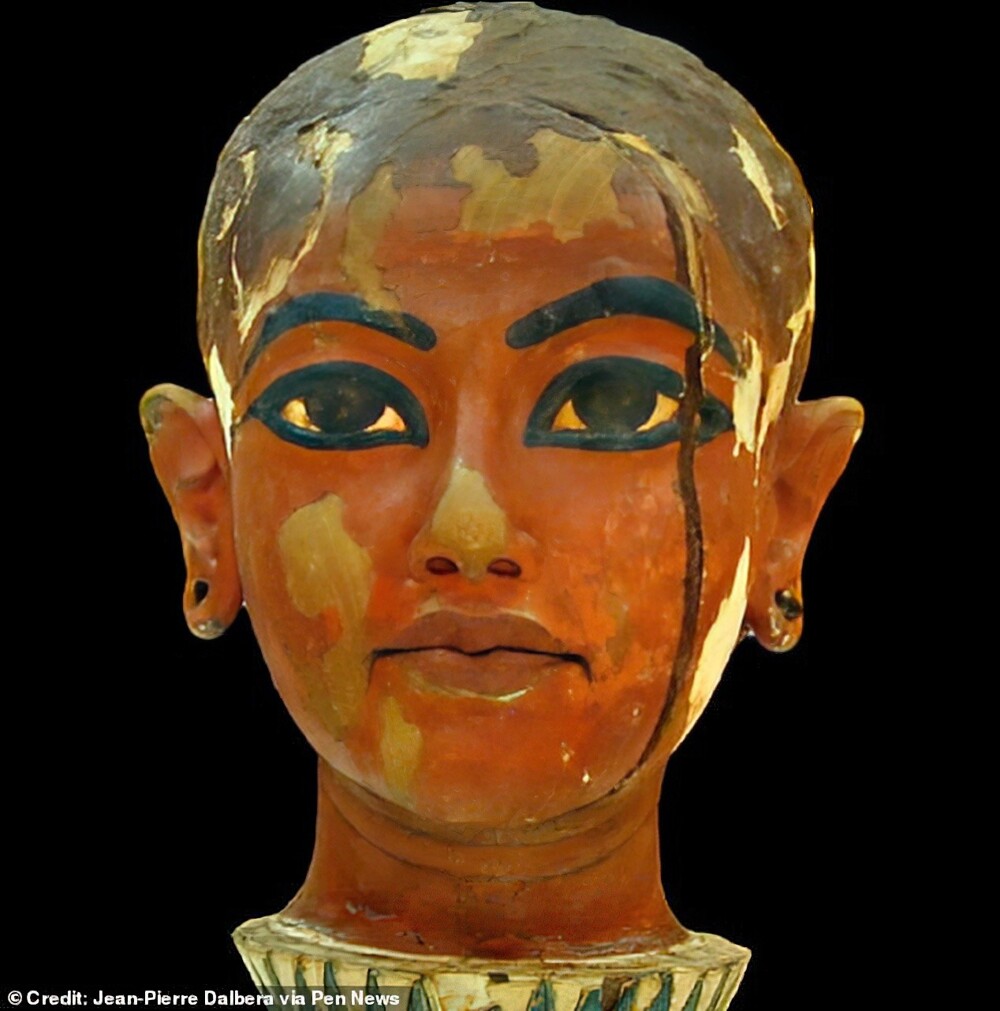
The discovery of Tutankhamun's tomb in November 1922 hit the headlines around the world. More than 5,000 items were found inside. including a solid gold coffin, funeral mask, thrones, furniture, food and wine.
Colorized image of Howard Carter examining the pharaoh's coffin 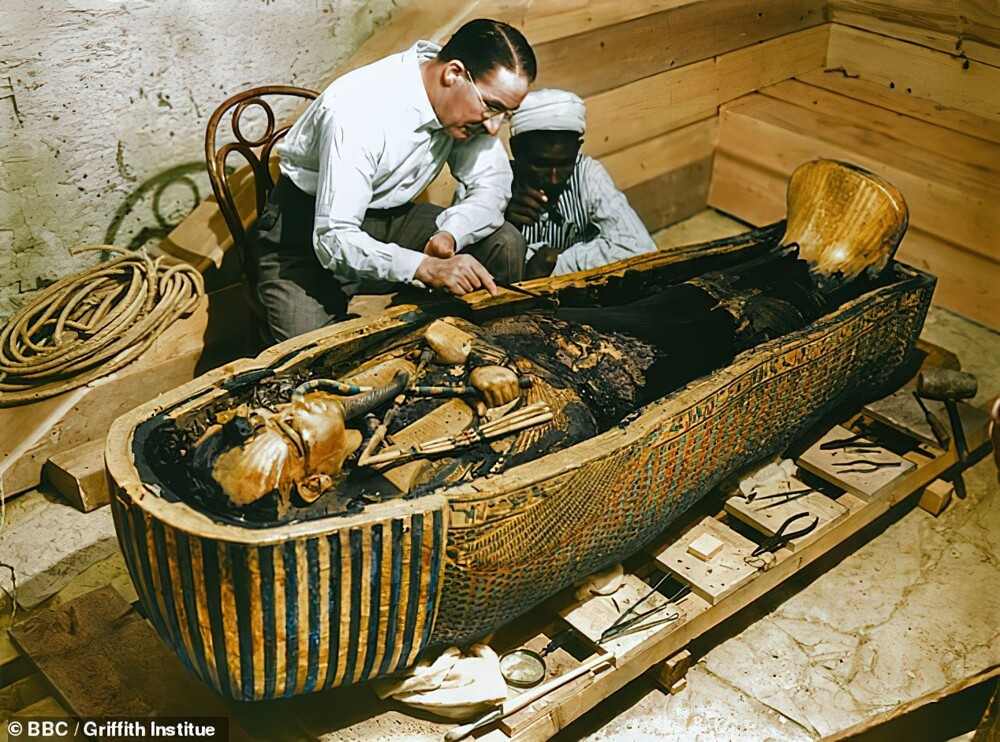
Funeral mask of Tutankhamun, made of gold and lapis lazuli, found in his tomb 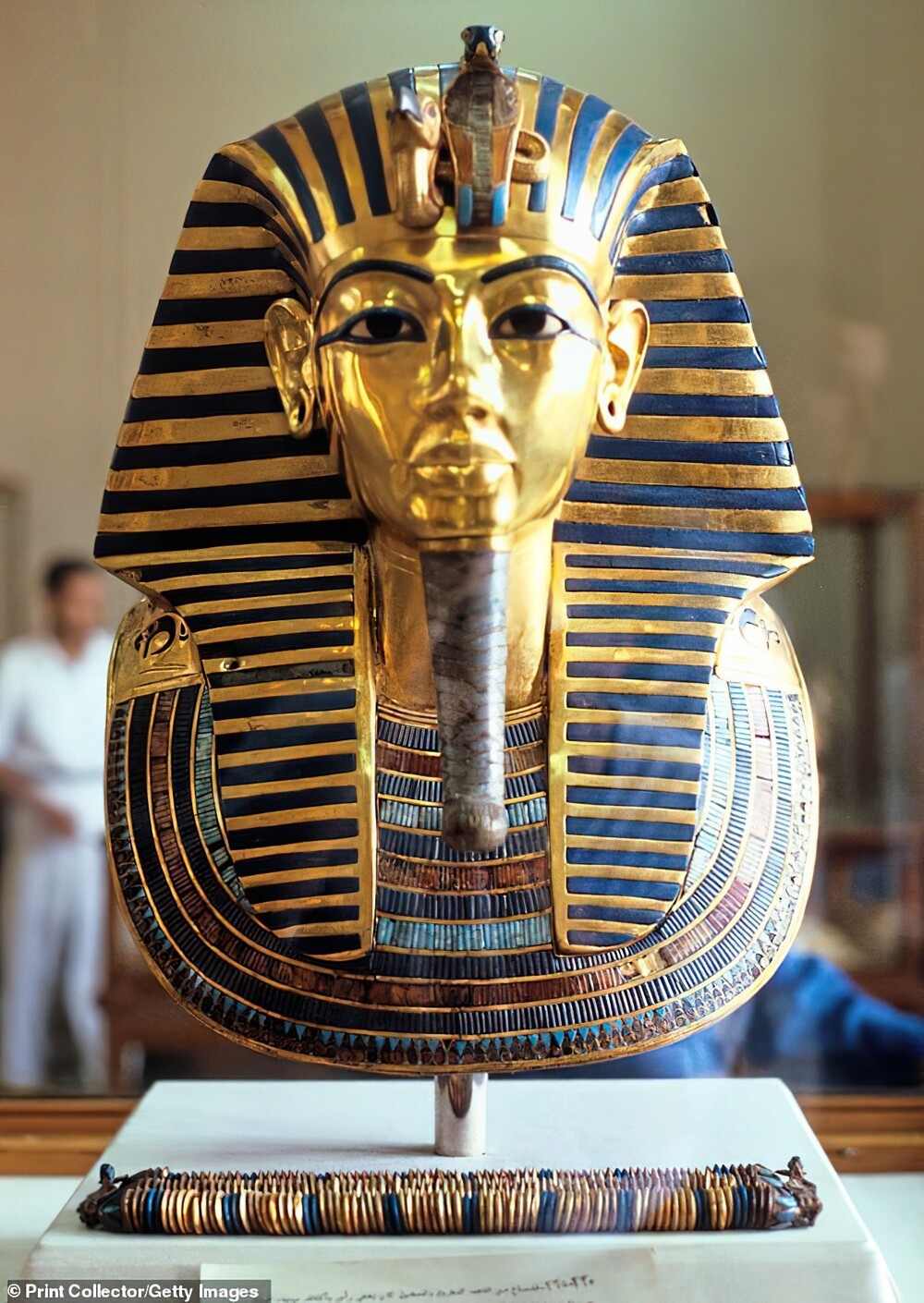
Howard Carter inspects Tutankhamun's sarcophagus inside tomb, which was located at a depth of more than 6 meters underground 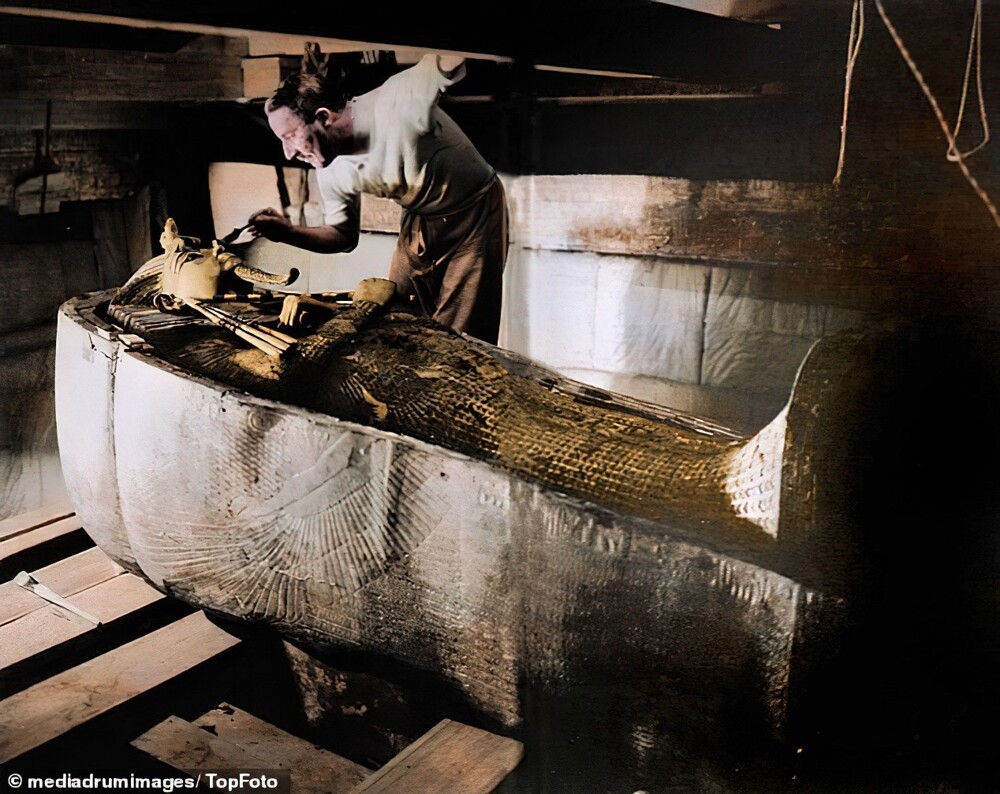
Howard Carter points to the entrance to Tutankhamun's tomb 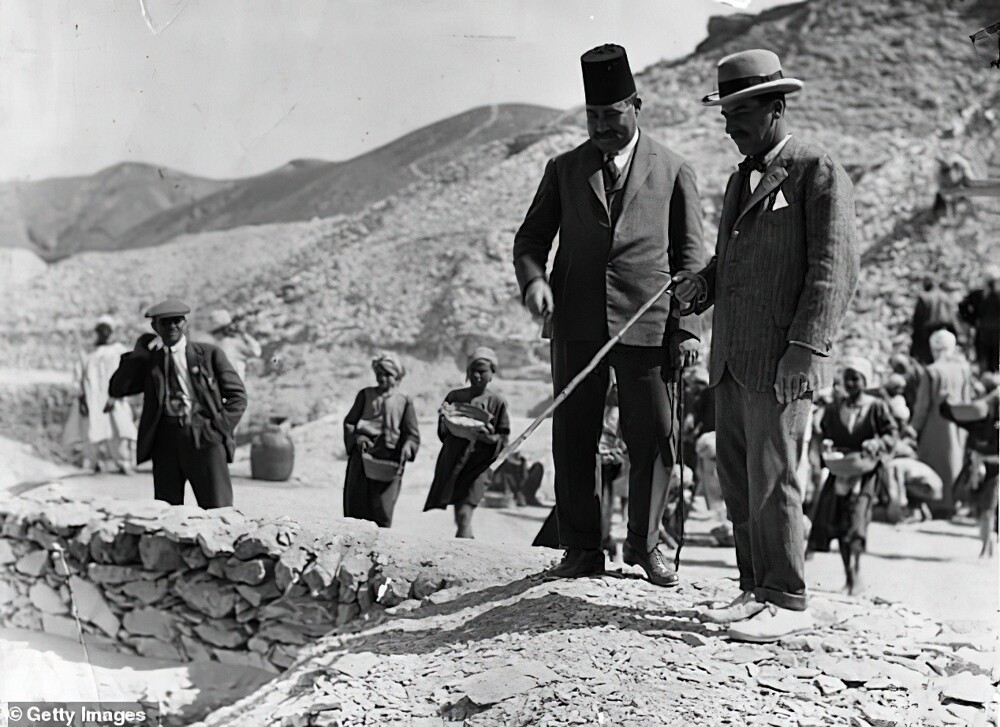
Initially, Carter inspected the tomb of Tutankhamun through a small hole made in masonry after two days of digging a passage filled with rubble.
Raising the candle, he looked inside and said what had become famous answer to the impatient question of his assistant Carnarvon: "You do you see anything?" “Yes,” he said. “Wonderful things.”
The tomb, consisting of four rooms, was filled treasures that have lain untouched for over 3,000 years. In the cell there were also three coffins nested inside each other, in the innermost of which contained the body of the Pharaoh-Boy.


